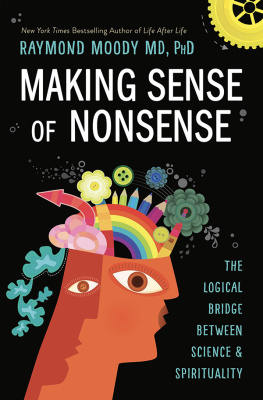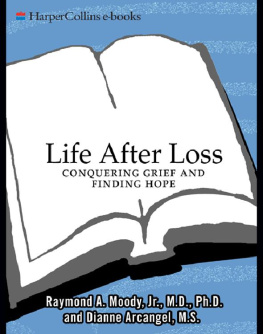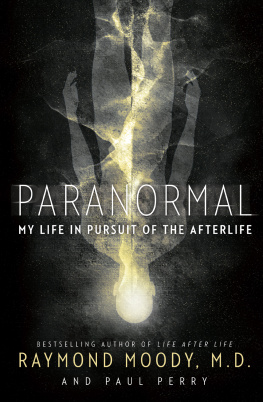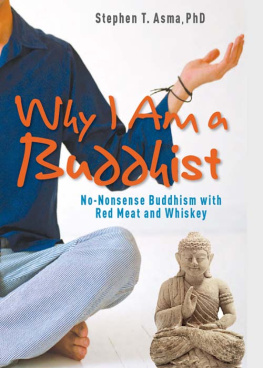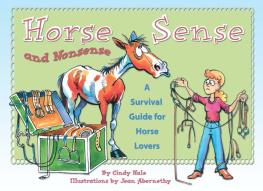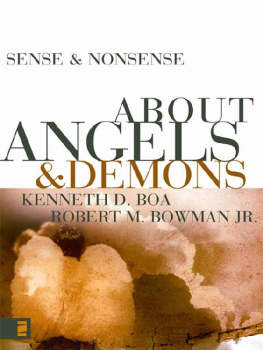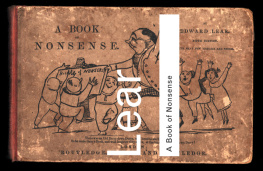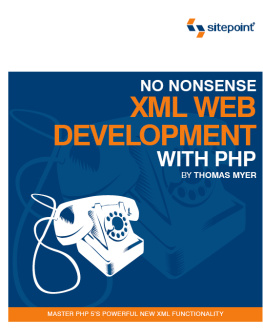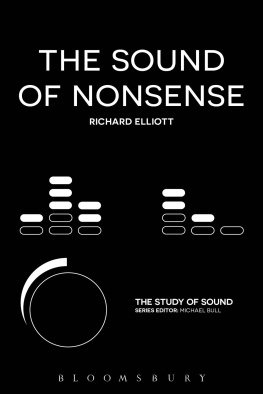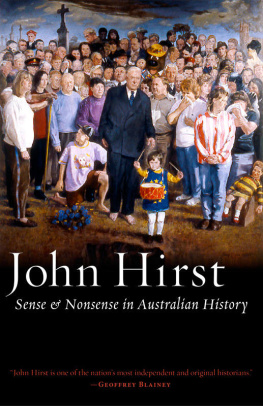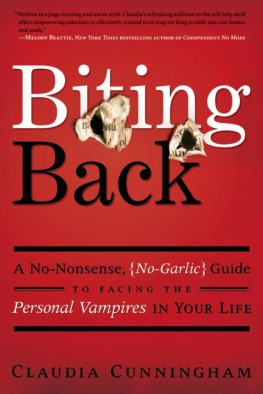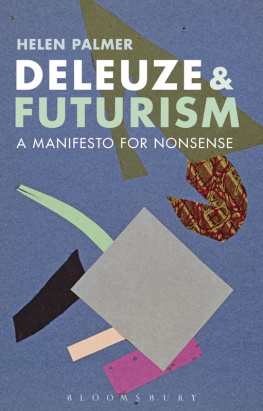Raymond Moody (Birmingham, AL) coined the term near-death experience in his New York Times best-selling book Life After Life . Throughout his five-decade career, he has publicly lectured about near-death and shared-death experiences, and he has published several best-selling books. He is a frequent television guest, having appeared dozens of times on national programs such as the Oprah Winfrey Show .
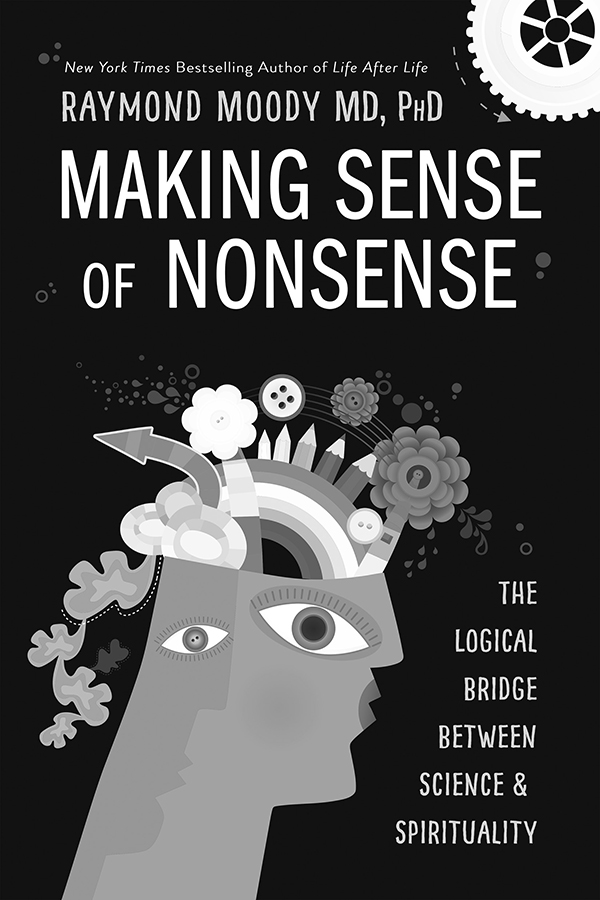
Llewellyn Publications
Woodbury, Minnesota
Copyright Information
Making Sense of Nonsense: The Logical Bridge Between Science & Spirituality 2020 by Raymond Moody.
All rights reserved. No part of this book may be used or reproduced in any matter whatsoever, including Internet usage, without written permission from Llewellyn Publications, except in the form of brief quotations embodied in critical articles and reviews.
As the purchaser of this e-book, you are granted the non-exclusive, non-transferable right to access and read the text of this e-book on screen. The text may not be otherwise reproduced, transmitted, downloaded, or recorded on any other storage device in any form or by any means.
Any unauthorized usage of the text without express written permission of the publisher is a violation of the authors copyright and is illegal and punishable by law.
First e-book edition 2020
E-book ISBN: 9780738763378
Book design by Rebecca Zins
Cover design by Shira Atakpu
Llewellyn Publications is an imprint of Llewellyn Worldwide Ltd.
The Library of Congress Cataloging-in-Publication Data
Names: Moody, Raymond A., Jr., author.
Title: Making sense of nonsense : the logical bridge between science &
spirituality / Raymond Moody.
Description: First edition. | Woodbury, Minnesota : Llewellyn Publications,
2020. | Includes bibliographical references. | Summary: In this book
Dr. Moody shares the groundbreaking results of four decades of research
into the philosophy of nonsense, revealing new ways to understand and
experience life, death, and spiritualityProvided by publisher.
Identifiers: LCCN 2019039230 (print) | LCCN 2019039231 (ebook) | ISBN
9780738763163 (paperback) | ISBN 9780738763378 (ebook)
Subjects: LCSH: Meaninglessness (Philosophy) | Language and
languagesPhilosophy. | Nonsense literatureHistory and criticism. |
Religion and science.
Classification: LCC B825.2 .M66 2020 (print) | LCC B825.2 (ebook) | DDC
121dc23
LC record available at https://lccn.loc.gov/2019039230
LC ebook record available at https://lccn.loc.gov/2019039231
Llewellyn Publications does not participate in, endorse, or have any authority or responsibility concerning private business arrangements between our authors and the public.
Any Internet references contained in this work are current at publication time, but the publisher cannot guarantee that a specific reference will continue or be maintained. Please refer to the publishers website for links to current author websites.
Llewellyn Publications
Llewellyn Worldwide Ltd.
2143 Wooddale Drive
Woodbury, MN 55125
www.llewellyn.com
Manufactured in the United States of America
Contents
: The Nature of Nonsense
: Types of Nonsense
: Nonsense and the Mind
: Nonsense as a Higher Form of Language
: Nonsense and the Spirit
: Nonsense and Knowledge
: The Theory of Nonsense
: Misusing Nonsense
: Nonsense and the Next Life
Exercise List
Wherever you come near the human race, theres layers and layers of nonsense.
Thornton Wilder, Our Town
Introduction
To appreciate nonsense requires a serious interest in life.
Frank Gelett Burgess
S ince 1965 I have interviewed thousands of people about their profound near-death experiences. In 1975 I published Life After Life , a book about my research, which sold more than twenty million copies all around the world, so I am known to the public mainly as a psychiatrist who studies life after death. Life after death is among the biggest questions of human existence, and many people take the subject very seriously, for it touches on strong, deep, heartfelt feelings that affect almost everybody. Why, then , they ask me, did you write this book about nonsense?
Nonsense and the idea of a life after death may seem far, far apart. In reality, however, you cant have one without the other. Nonsense turns out to be the missing piece that always before blocked serious investigation of the afterlife. This book supplies the missing piece in the form of a new way of thinking about things that are nonsensical and unintelligible. Therefore, this book is also a major breakthrough on genuine rational inquiry into life after death. Let me explain.
When I was a child, my favorite subject was astronomy and my favorite authors were Dr. Seuss and Lewis Carroll. I spent lots of my free time gazing through a telescope and reading Alice in Wonderland and Horton Hears a Who . As a budding astronomer, I soon realized that the universe we live in doesnt make perfect sense. For instance, what size is the universe? Surely it comes to an end somewhere in some kind of wall. But doesnt there have to be something on the other side of a wall? The only other possibility, though, seems to be that the universe goes infinitely into outer space, with no end, and that makes no sense either.
When I was about eight years old, I realized that we live enclosed in a shimmering sphere of unintelligible nonsense. Meanwhile, Dr. Seuss, Edward Lear, and Lewis Carroll convinced me that nonsense is something truly wonderful. We are not confined to saying meaningful things like The dog is sleeping peacefully by the fire or This hat costs thirty dollars or The moon is 240 thousand miles from the earth.
We can also say things like Those five spumsy chaddlers almost plittered that little flifster into monunction or Holiness numerically sings the vestigial lipstick of spontaneity or That cannibal you men just ate was the last one in this county.
When I was about twelve years old, I realized that there are different types of nonsense, which later turned out to be a pivotal realization that shaped my thinking about near-death experiences. It served me well when I went to college and majored in philosophy, too, for nonsense is a core concept of Western philosophy, especially modern analytic philosophy. It was as a philosophy major reading Plato that I first encountered near-death experiences.
Early Greek philosophers understood full well that people sometimes report spiritual experiences when they are revived from close calls with death. Plato wrote about the famous case of a soldier who apparently died in battle but spontaneously revived at his funeral. The soldier told amazed spectators that he had left his body and went through a passageway into another world. Plato thought that such accounts indicated a transcendent world beyond death.
Another Greek philosopher, Democritus, thought differently about experiences like those. Democritus had figured out that things in the world are composed of minute, indivisible particlesatomsthat are too small to be seen. Democritus wrote that the experiences of people who recovered from apparent death were caused by residual biological activity in the body. He said that there is no such thing as a moment of death; dying is a process.
The debate about near-death experiences has not progressed much since then. Some claim that near-death experiences are evidence of life after death. Others claim that the experiences result from oxygen deprivation to the brain. This book explodes that old framework of debate by setting out an entirely new way of thinking. Specifically, this book solves the primary problem that previously prevented real advances toward answering the question of life after death.

